Det Nye Bandholm Badehotel
Havnegade 37, 4941 Bandholm Danmark
- South Zealand
- Zealand
- Beach hotel
- Gastronomy
- Weekend stay
- Mini break
- Danish inns
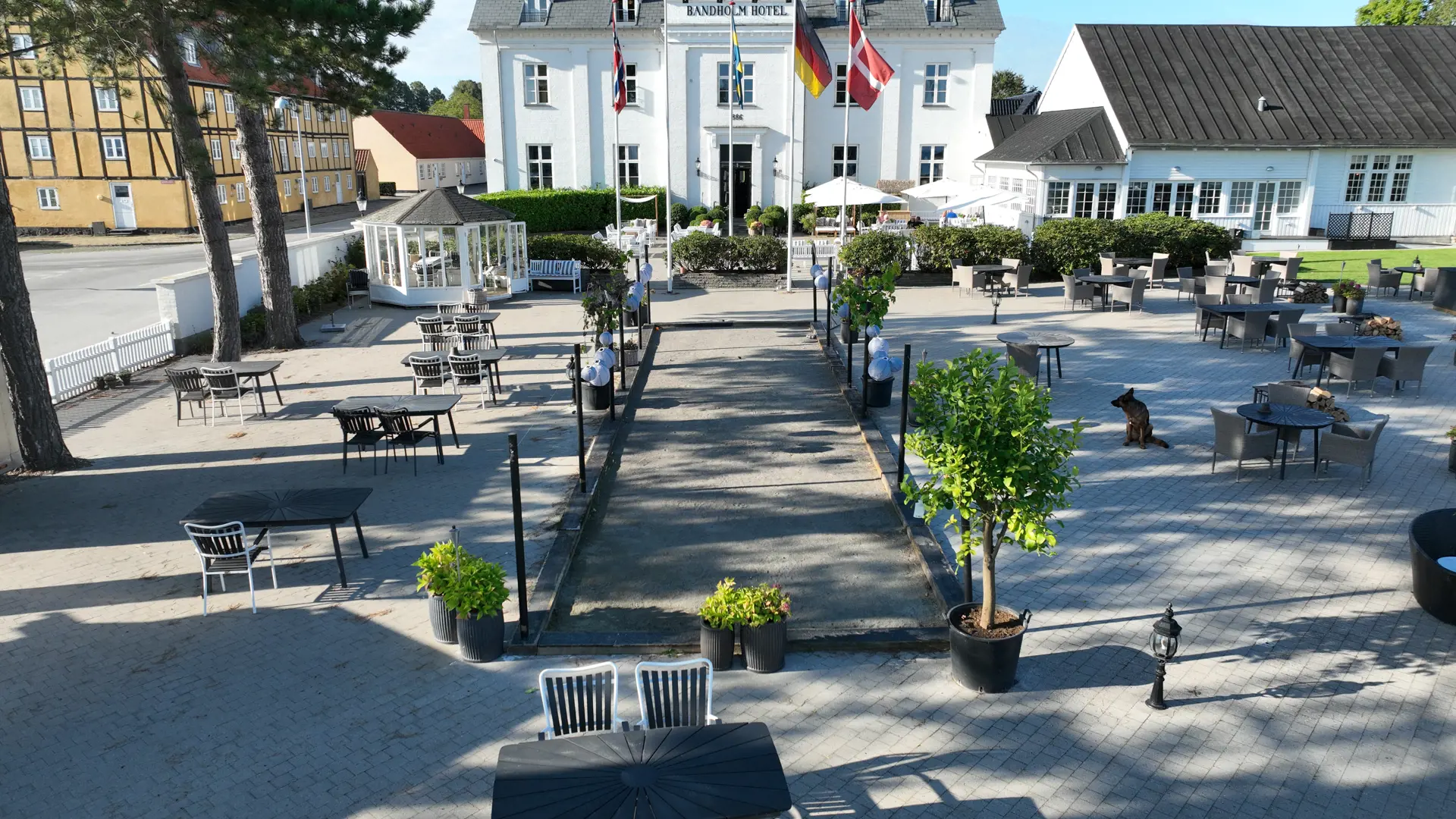
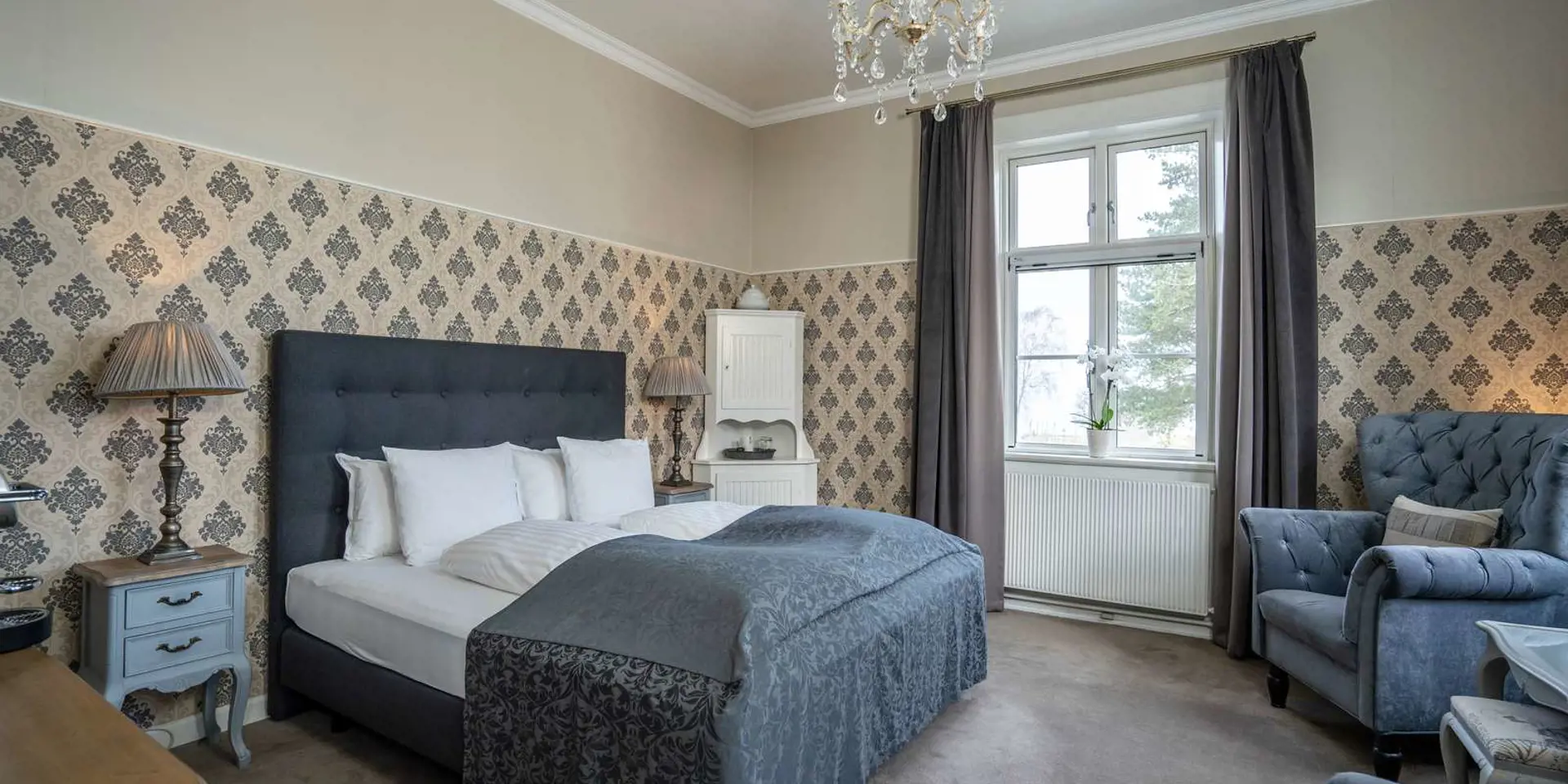
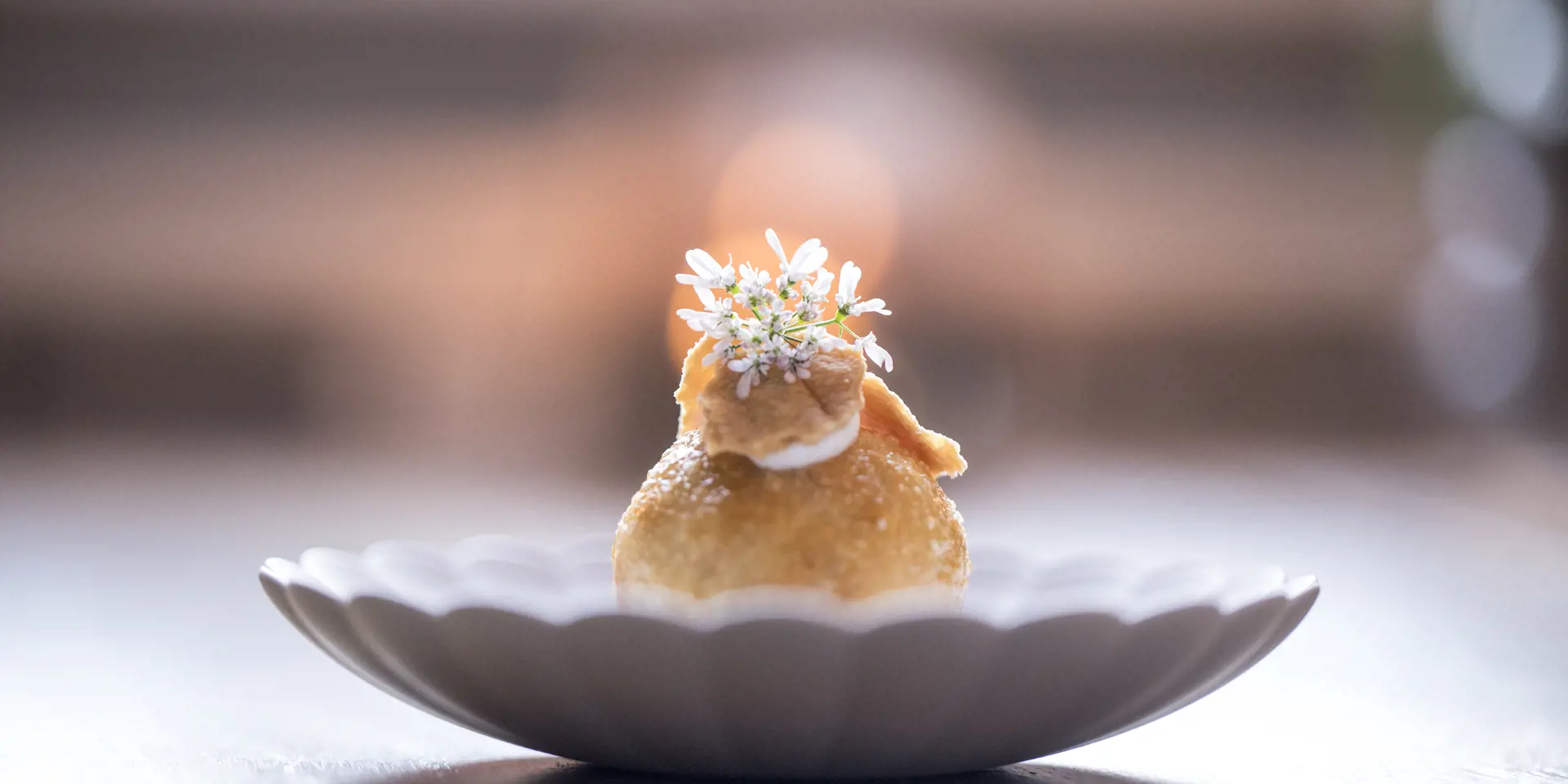
- South Zealand
- Zealand
- Beach hotel
- Gastronomy
- Weekend stay
- Mini break
- Danish inns
Havnegade 37, 4941 Bandholm Danmark



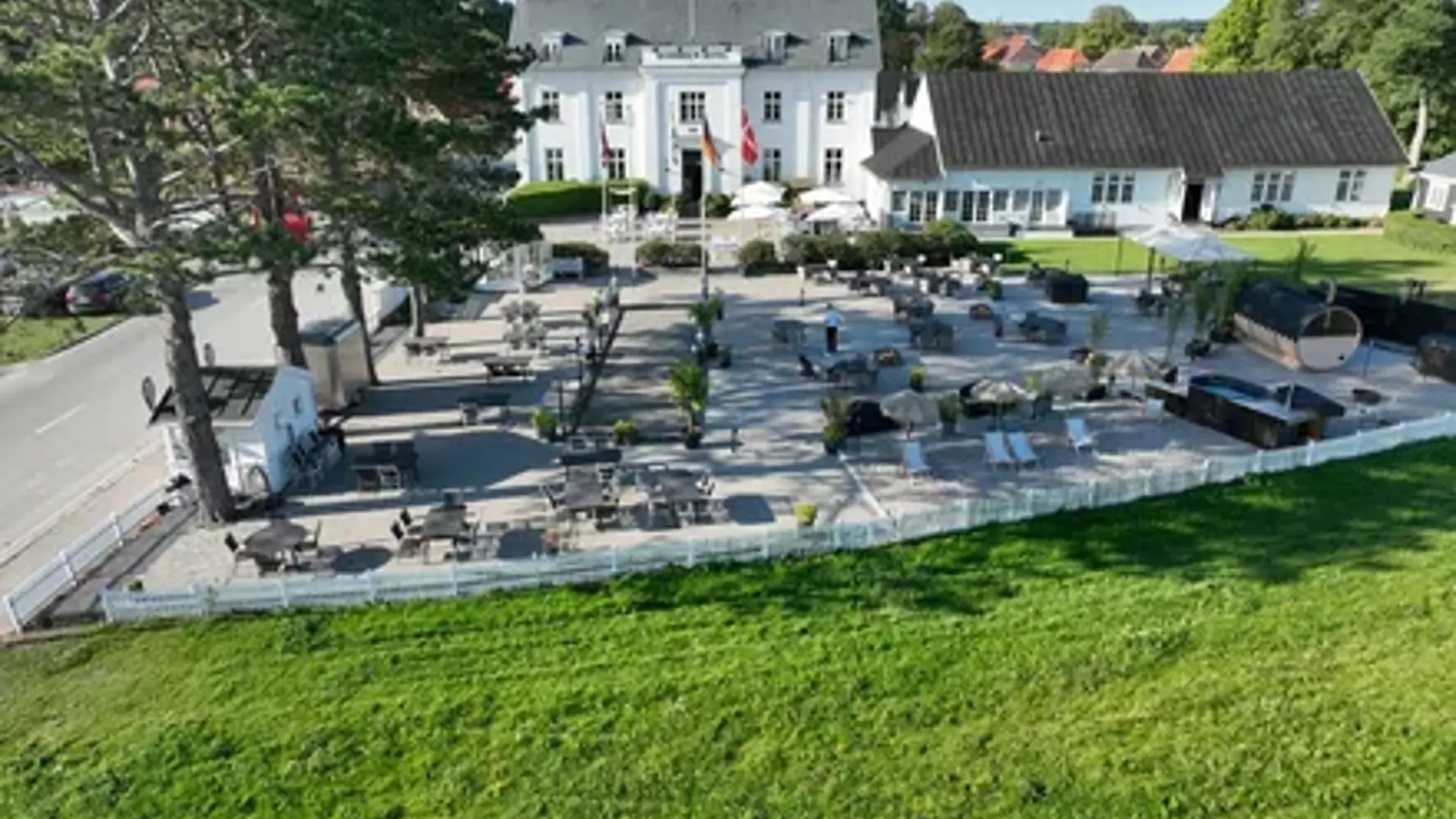
Arrival 01.05. - 31.08.24
Includes per person per stay:
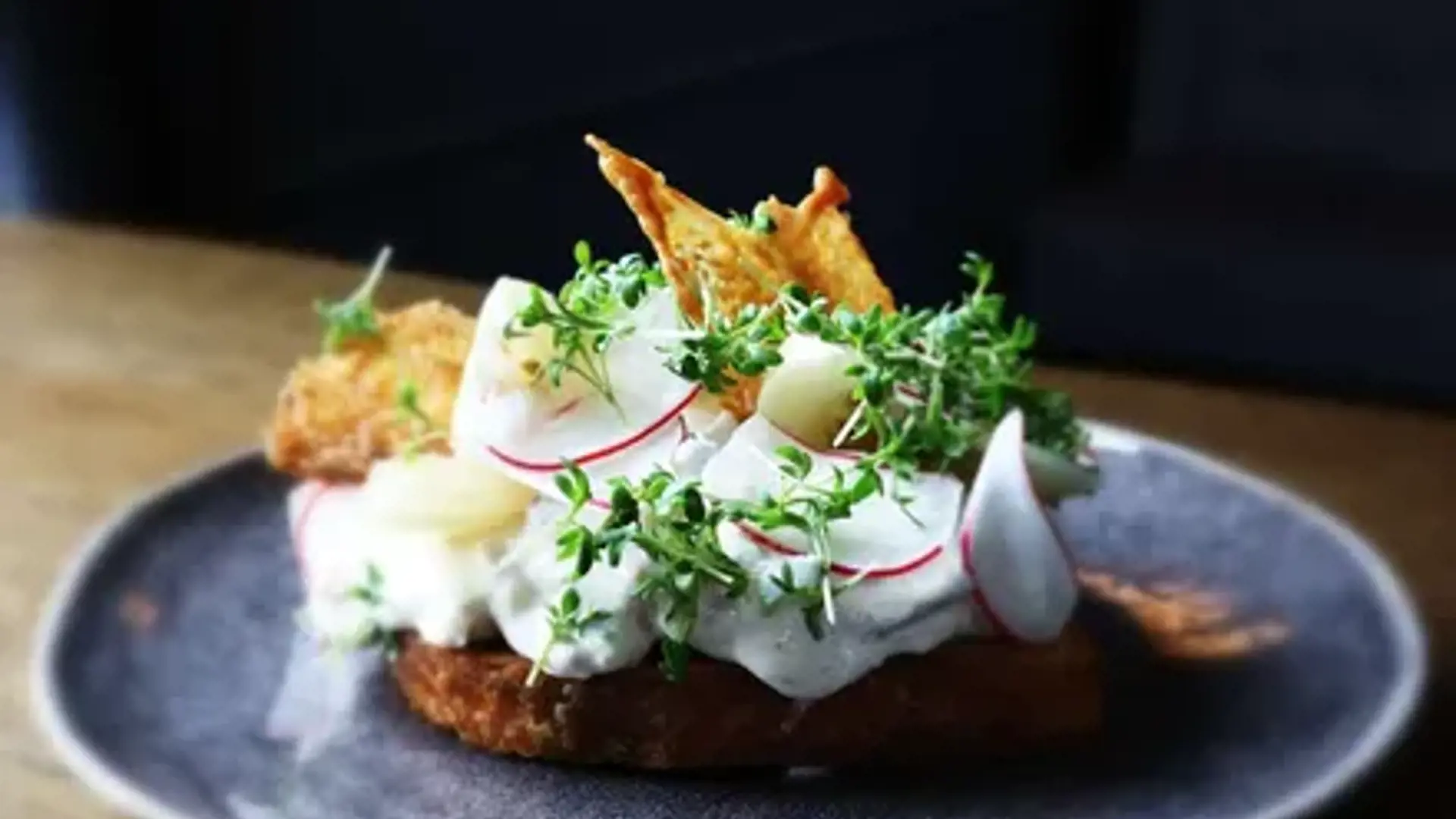
Includes per person per stay:
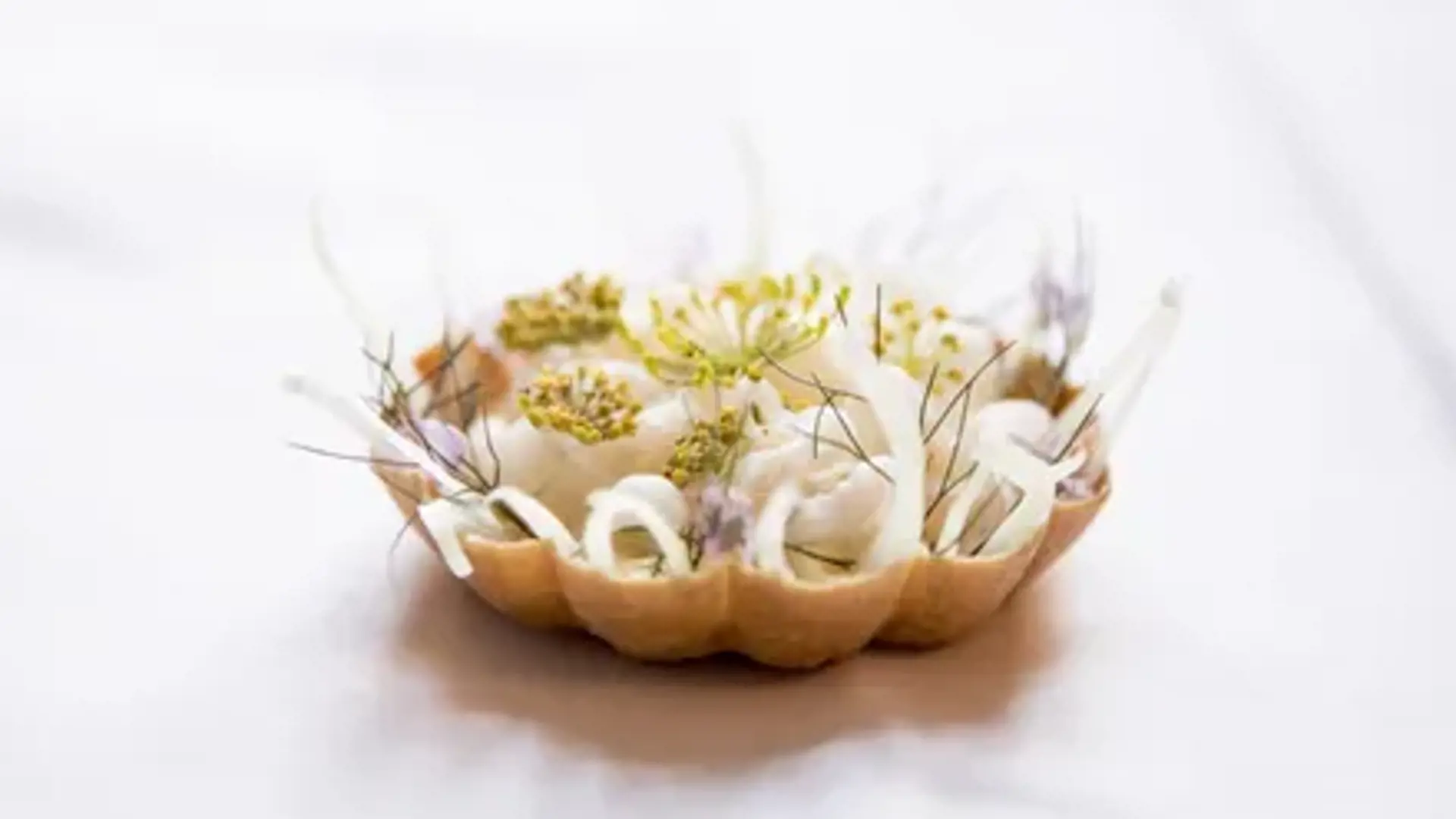
Includes per person per night:
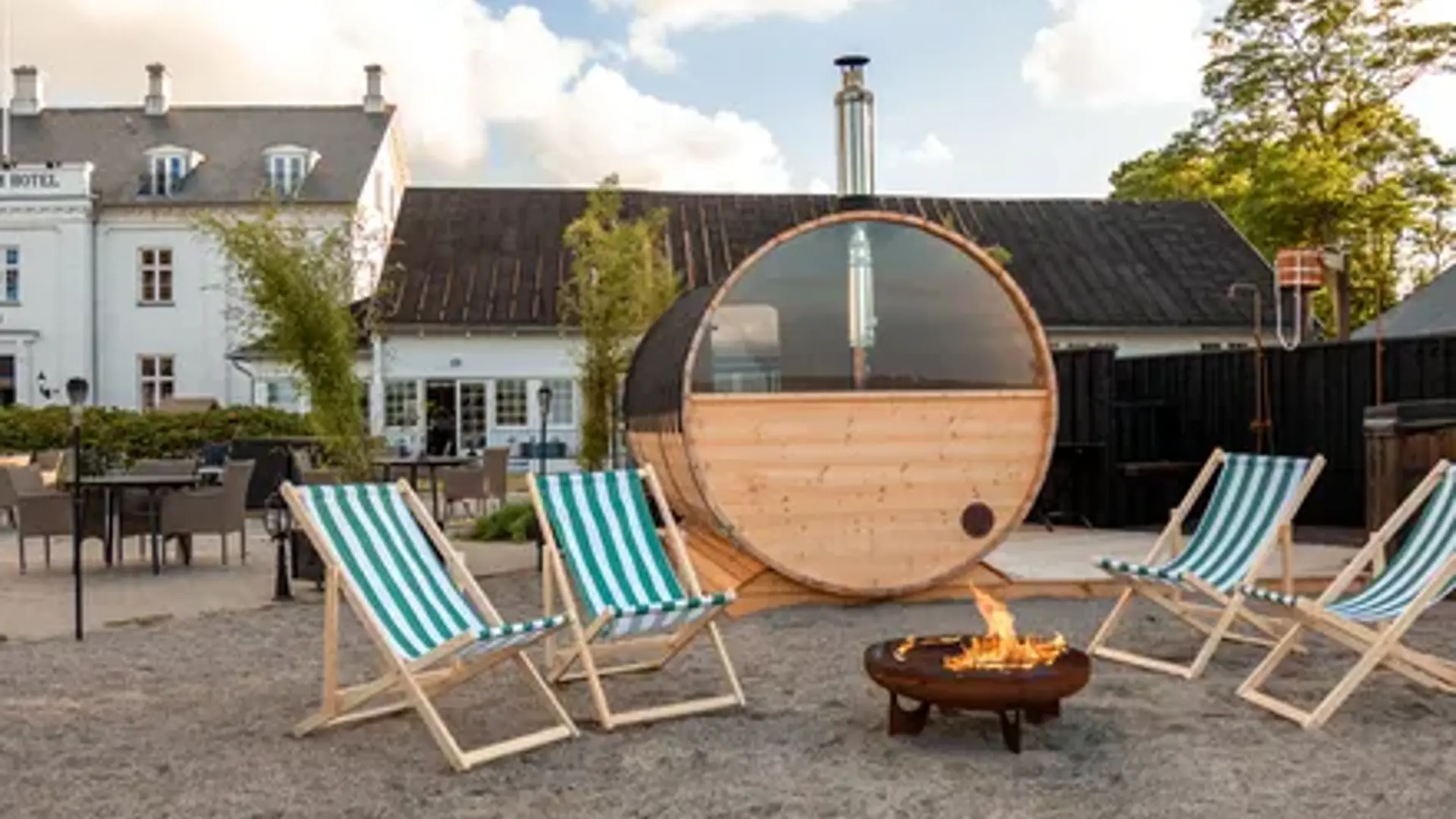
Arrival may, June, September, and October
Includes per person per stay:
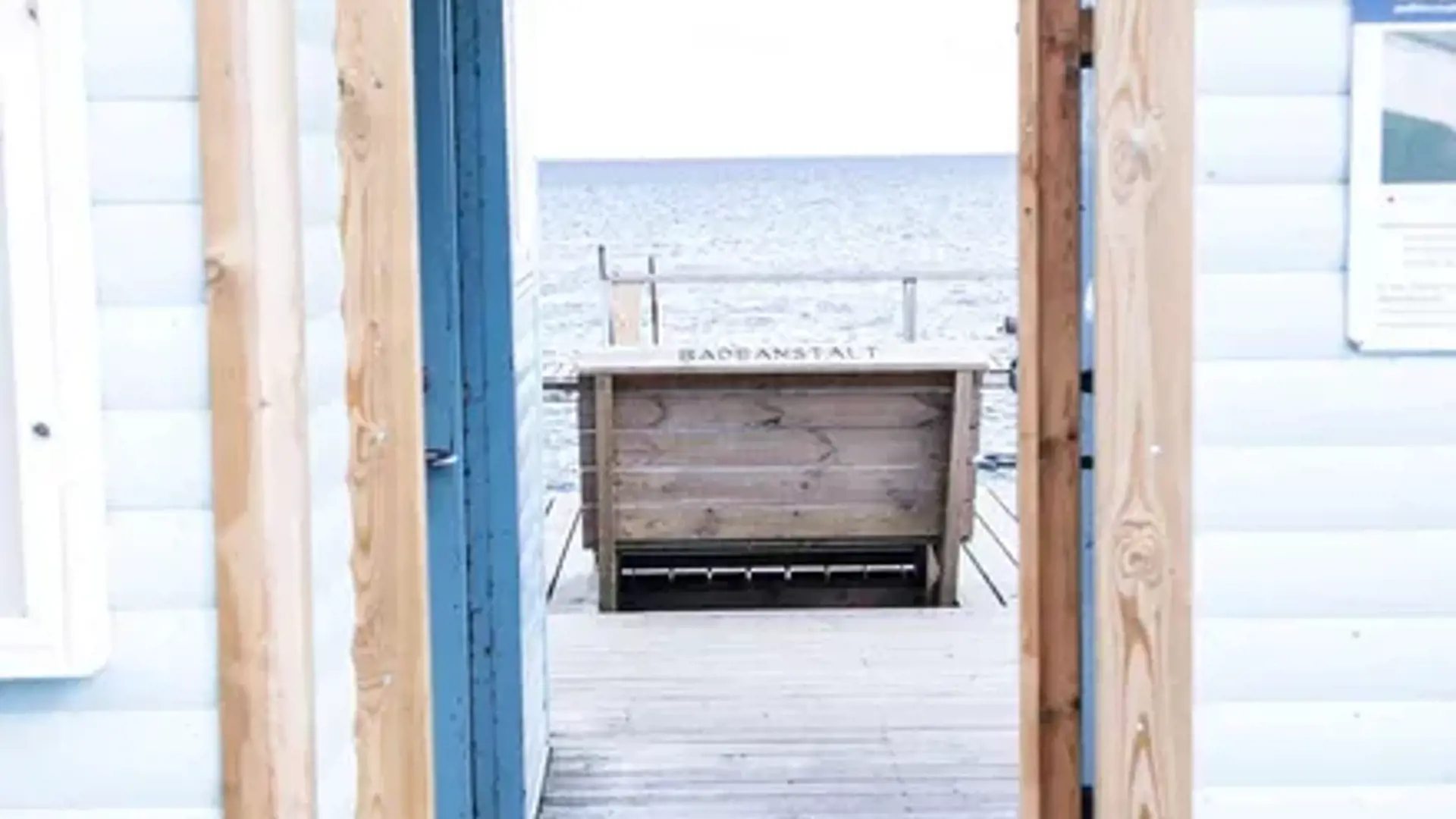
Includes per person per night:

1 night / 2 days
Includes per person per night:
At the historic Bandholm Badehotel, your visit will be memorable.
Here is a touch of sunshine, waves and luxurious cosiness. This is exactly what characterizes the danish tradition of staying in a seaside hotel.
Your meal is made with sustainable ingredients from the South Sea Islands, the Småland Sea offers a refreshing dip from Denmark's oldest bathing establishment, and late in the evening the Lolland starry sky makes sure to lull you to sleep as guests have been here for the past 330 years.
At Bandholm Harbor there was originally a royally privileged inn which already in 1692 welcomed merchants when the journey went through the Lolland water and land. Now stands the beautiful, white bathing hotel, which in 1886 replaced the aging inn and which today welcomes guests.
Bandholm Badehotel gives you peace for contemplation, presence and beautiful surroundings. Explore the beautiful rooms which are over 300 years old, but newly renovated with an eye for detail as well as tasteful and comfortable decor. Take a dip in the Småland Sea from Denmark's oldest bathing establishment and get the warmth immediately afterwards in our beach sauna. Our backyard is the country's most beautiful safari park, and the neighbor is the golf course. Let Lolland entice and enjoy the beautiful landscape on foot, by bike or by car.
Bandholm Badehotel is Lolland's gastronomic gem. The head chef has worked at the best Danish Michelin restaurants and with his own touch, he combines the best of the Michelin restaurants with his local knowledge of the area. The ingredients on Lolland-Falster are of incredibly high quality, and with it as a base, the kitchen puts together completely unique taste experiences. The ingredients will be from local suppliers: Herbs from Den Grønne Verden in Søllested, eggs and chickens from Bakkedal Gård, freshly caught fish from Langø and organic flour from Lammehaven. As a guest of the restaurant, you will be able to look forward to putting the fork in a 4- or 7-course menu that is crunchy with freshness.
Bandholm Badehotel runs a well-attended restaurant with locally inspired dishes and exquisite gourmet experiences, based on local ingredients.
In summer, the covered terrace with outdoor kitchen and bar is open for service far out on the balmy summer evenings. Our bar / lounge is the gathering place where hotel guests meet for tasty cocktails and atmospheric music. All rooms are newly renovated, and are tastefully decorated with the ambiance of a seaside hotel and history.

1.11 km
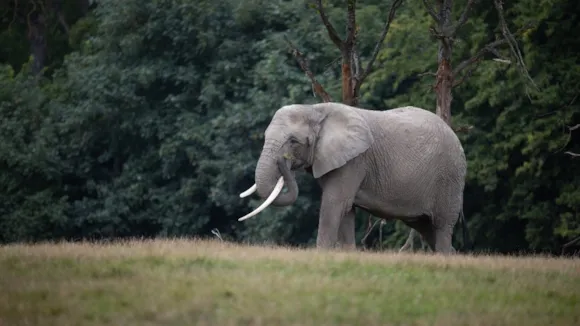
1.92 km
The 1,000 and more different animals living on the savannah in Knuthenborg set the pace as you drive safely among them through the park. In some areas, you may be able to leave the car to greet these impressive animals; in other areas, they are experienced only from the car. Watch the feeding of the animals and participate in other exciting activities, and don’t forget to pay a visit to the newly built facility for former circus elephants who now enjoy their retirement in the open air.
Travel back millions of years in time in the Dinosaur Forest, where you can meet some of the largest animals that have ever roamed the planet. Laugh and learn as the giants of the past emerge from the primeval forest.
If you’re hoping for butterflies in the stomach, Knuthenborg’s Limpopoland is the place to visit. Climb the African volcano Kilimanjaro, feel the wind rush through your hair on the waterslide and rollercoasters, and explore the whimsical adventure playground.
You will find tables and benches for enjoying a picnic all over the park, and food is available to purchase at one of the cafés or Restaurant Flintehuset.
Stay overnight in luxury tents on the savannah, just like on a real safari, and wake up to a view of the animals and the calls of lions and monkeys. See the many exciting accommodation options here.
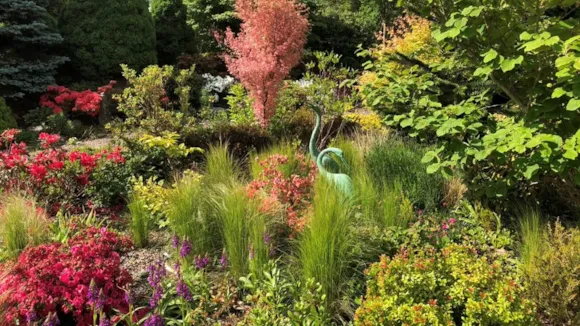
4.72 km
Blanshaven is a 15 year old garden with over 1500 different plants. There are branches with large rhododendrons, small-leaved rhododendrons, large perennials, several rose branches, meadows, orchids, large lake with frogs and fish and not least one of Denmark's largest areas with alpine plants. There are plant signs at almost all plants.Lots of seating so the food brought can be enjoyed. For the little ones there is a large trampoline that must be used.All traffic in the garden and use of the trampoline is at your own risk.
Opening Hours: 1 May to 15 September.
Admission: DKK 20 for anyone over 20 (4 euros) Under 20: free
Mobilpay 6051 5965 or money in the cash box at the front door.

5.5 km

6.34 km
Askø Museum is a small island museum focusing on local history from the two small connected islands Askø and Lilleø. The museum is located as part of the vicarage and primarily contains a physical collection of working and agricultural tools from around 1850-1950.
Agriculture and fishing were the main source of income at the time, but the repeated storm floods made it a harsh and impoverished existence.
The museum's website also contains a wide range of digital writings and photos from the history of the islands.
It's possible to visit the museum outside of normal opening hours by prior arrangement. The museum's opening hours can be found on the website.
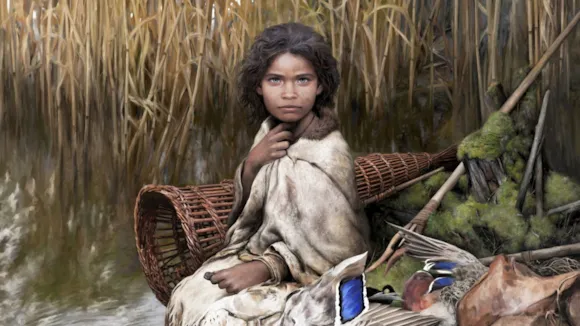
6.8 km
In the Lola exhibition, the Stone Age girl Lola takes you back to the time she lived in, about 5700 years ago. The scenography first presents the construction site at the Fehmarnbelt tunnel construction, which is where the archaeological finds were made, and then you are taken into a Stone Age universe that shows the various finds and tells about Lola's world and further 500 years up through time. In this way, you get the story of the time from the last hunters and up to the first farmers on the south coast of Lolland.
A small lump of pitch with a big story! The very special thing about this lump is that for the first time, a complete picture of a person's DNA has been extracted from something that is not bones or teeth. This has brought us very close to one of the Stone Age people: a girl, Lola, who lived on the south coast of Lolland about 5700 years ago.
Museum Lolland-Falster also has a superb collection of crucifixes from the Middle Ages. See them up close and learn more about medieval religious beliefs in the exhibition ‘OMG’. The crucifixes are very dramatic and depict the suffering of Christ on the cross.
Please note that Museum Lolland-Falster’s exhibition venues offer limited accessibility for people with disabilities.
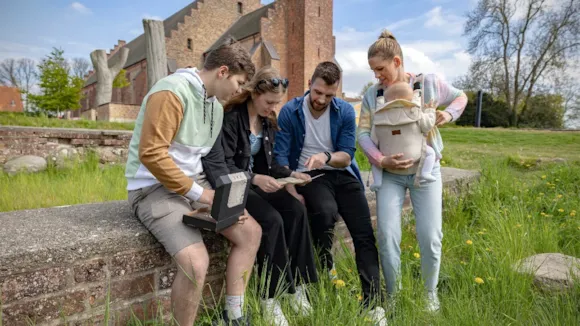
7.03 km
Many years ago, a mysterious fire raged through the city. Your task is to find out who started it by working out the clues linked to interesting landmarks in the city. To complete the tour, you need to work together and use your logic to find the culprit.
GoMystery is a self-guided city tour, which tells the story of the city's interesting landmarks and buildings. You might even see something you wouldn’t otherwise have spotted.
If you get stuck, don’t worry. You can always get help from the accompanying guide book.
GoMystery also runs tours in Nykøbing and Marielyst.
The tour should be done in groups of 2 to 5 people, and you should expect to set aside 2-3 hours and to walk around 3 km.
Location: Torvet 4, 4930 Maribo
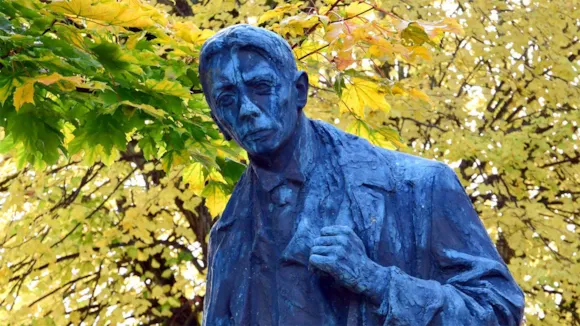
7.07 km
Kaj Munk was born in Maribo in 1898. He lost both his parents at an early age, was taken into foster care, and later adopted by his mother’s childless cousin Marie Munk and her husband Peter Munk.
Munk’s parents’ grave, with a tombstone shaped like an oak stump, can be found in Maribo Cemetery (plot no. 1168).
In Opager near Vejleby, a memorial stone commemorates Kaj Munk’s childhood home. Today, the stone stands near a new house that has the same location as Kaj Munk’s childhood home (Kaj Munks Vej 11, 4920 Søllested).
In Maribo, a memorial plaque can be found on the property located at the site where Kaj Munk was born (Torvet 11). This was Garvergården where Kaj Munk’s biological parents lived. A memorial plaque can also be found on the property where Kaj Munk went to school (Kaj Munks Gade 6).
The square in Maribo is home to a life-size statue of Kaj Munk (Torvet 1).
Munk was highly conflicted about the choice between working as a pastor or a poet. However, he completed his theological degree in 1924 and was pastor of Vedersø parish in Jutland until his death in 1944.
He wrote countless poems, plays, travelogues and newspaper articles, and depicts his great love for the island where he was born in the poem ‘The Blue Anemone’.
Kaj Munk was extremely active in the social debate of his time. He was an outspoken critic of the German occupation, both in the social debate and in his literary work. On 4th January 1944, he was executed by the German occupying forces.
Read more about Kaj Munk here.

7.16 km
The church was originally built in the 15th century as part of a double monastery – situated between two sections: a nunnery and a monastery.
When Maribo’s old village church burned down in 1596, the abbey church became the town’s new church. In 1803, its status changed from church to cathedral.
The church has undergone a number of renovations over the years. In the 1890s, however, the cathedral was restored to its original appearance, and today it is a representation of how it may have looked during the Middle Ages.
Today, the original ruins of the nuns’ cloister can be seen outside the cathedral. A paving stone indicates where the walls from the old cloister were located.
Visit the Cathedral
The cathedral is open to visitors from 9:00 – 17:00 every day.
Guided tours for groups can be arranged by contacting the church office.
Leonora Christina
King Christian IV’s daughter Leonora Christina lived at Maribo Abbey from 1685 to 1698.
She was buried in the church, but shortly after the burial, her body was removed.
Leonora Christina’s tombstone and the crypt containing her coffin can still be seen in Maribo Cathedral.
A memorial stone for Leonora Christina can also be found by the west gable of the cathedral.
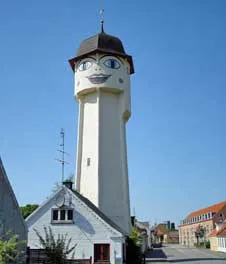
10.73 km

11.43 km
The Maribo Lakes make up one of Denmark’s largest freshwater systems with a total of 1,140 hectares of water surface.
The largest of the lakes – and the 8th largest in Denmark – is the 852-hectare Maribo Søndersø. It consists of three basins, and with its 13 regular islands, 6 islets and 3 marshy islands, it is easily the most island-dotted lake in Denmark. Røgbølle Sø covers 200 hectares, Hejrede Sø 50 hectares, and Nørresø 40 hectares.
There is public access to the islands Hestø, Fruerø and Præstø. The other islands are privately owned by the Engestofte and Søholt estates. The largest of the islands is the 17-hectare Borgø, which is the only island in Søndersø to have been inhabited in recent times. Many of the smaller islands are very important bird nesting sites.
The Maribo Lakes Nature Park is situated in a magnificent manorial landscape and surrounded by fields, meadows, bogs and woodlands. The opportunity for great experiences awaits all those with an interest in birds and nature.
The many routes around the lakes invite you to explore nature both on land and by water – on a bike, in a kayak or on the Anemonen tour boat (from May to September).
Find the area’s routes in the Naturlandet app here.
Find inspiration for more unique nature experiences on the South Sea islands here.
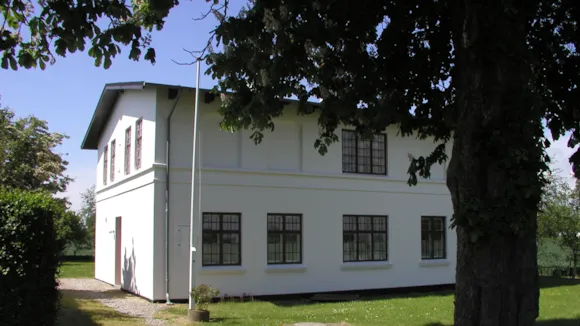
17.9 km
Of the 30 or so similar Polish barracks built on Lolland and Falster, this is the best preserved. The buildings were called barracks because they housed a large number of labourers and were often located far from other settlements.
The museum houses a large collection of field tools, paper cuttings from the beet girls and a very extensive collection of Catholic photographs. The objects on display were primarily donated by Polish descendants, as many of the seasonal labourers ended up staying and settling permanently, especially on Lolland. Many of the Polish place names and surnames bear witness to this.
The Polish barracks in Tågerup near Rødby, which is a listed building, was designed by architect H.C. Glahn, Nykøbing Falster, Denmark. Glahn, Nykøbing Falster for the neighbouring Lungholm estate, and the museum is the only one of its kind in Europe.
The museum has received the prestigious Polish international award "Witnesses of History" and is supported by the Polish Ministry of Culture, the Polish Ministry of Foreign Affairs and the Polish Embassy in Denmark.